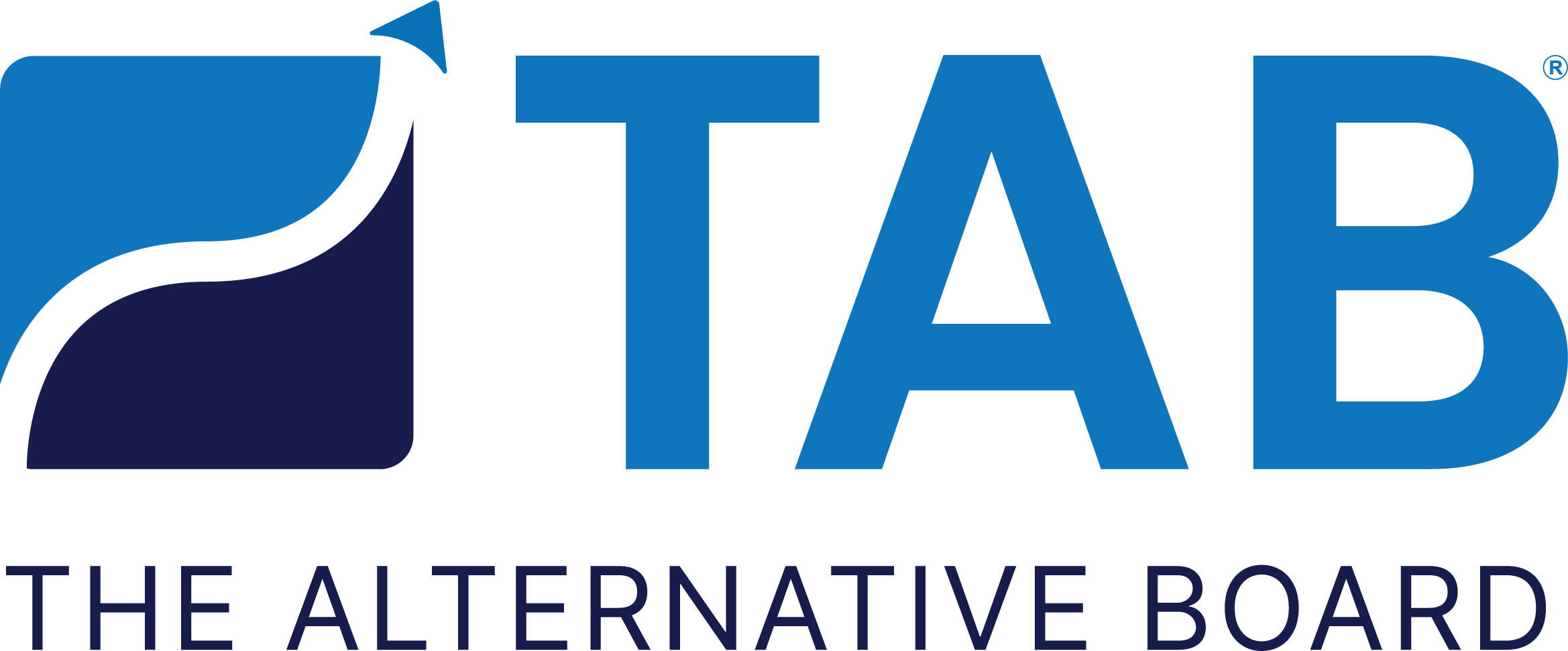Bowing Out Gracefully: How to Plan Your Exit Strategy
Photo by Artem Beliaikin from Pexels
For business owners who have spent their lives building a business, retiring may not be an easy prospect.
Many lack company-sponsored pension plans and most of their money is tied up in the business. If you are facing this situation, now is the time to start developing an exit strategy.
Cashing Out
Unlike people whose investment portfolios are diversified in many different stocks and bonds, business owners tend to have invested the majority of their funds in one thing - their own businesses. This makes cashing out when they are ready to retire much more difficult.
An exit strategy involves developing a plan for passing on responsibility for running the company, transferring ownership and extracting the owner’s money. Because a stable business is worth more than an unstable one, creating a seamless transition is essential to maximize the owner’s investment.
Developing an effective exit strategy involves planning on several levels. These include consideration of corporate changes, personal lifestyle changes, family issues, and income and estate taxes.
The cornerstone of any exit strategy is knowing what your business is worth. The company’s value isn’t necessarily its book value. Many other elements play a role. A professional valuation will lay a solid foundation for creating your exit strategy.
Look at Your Alternatives
Depending on the results of your needs assessment, you have several alternatives:
Set up an employee stock ownership plan (ESOP). An ESOP can effectively transfer all or part of your company’s ownership to employees while providing you with liquidity.
Go public. If your company has enough size and growth to warrant it, a public offering can raise capital and gain liquidity. Your company will receive the added benefit of the exposure and prestige of being a public company. But an initial public offering is costly, as is complying with the ongoing reporting requirements. And because the market will expect you to stay on as a significant shareholder for some time after the public offering, this is a long-term exit strategy.
Sell your shares back to the company. If you have other partners, you may be able to structure your buy-sell agreement so that the company or other shareholders buy back your shares when you are ready to retire.
Bring in a strategic partner. If you still have some time before retirement, bringing in a strategic partner -- either through a merger or a joint venture project -- may provide you with the liquidity to diversify your investments now. It may also provide you with a future successor.
Make a private sale. When planning a private sale, consider the logical buyer: current management, a customer, a competitor, or a private investor. Determine if the sale is likely to be outright, a leveraged buyout, or an installment sale. Plan now to ensure you have the liquidity you need when you are ready to retire.
A gift to family members. If you plan to transfer ownership to a child or other family member, creating a gifting strategy early will allow you to reduce transfer taxes.
Now Is the Time
Once you have evaluated your alternatives, create a plan to achieve your retirement goals. Consider everything from the transfer of management to the transfer of ownership. Put the plan in writing and distribute it to those involved.
If you are facing retirement and own a business, now is the time to begin creating an exit strategy. The same amount of energy you have devoted to building the business now needs to be spent planning your exit so that you can fully realize the value that has taken a lifetime to build.
Assess Your Needs
The first step in creating an exit strategy involves assessing your needs. Some important questions include the following:
Have you identified a family member or trusted manager to take over when you retire? If not, you may want to consider selling your business to maximize value and avoid a crisis.
Have you planned for estate taxes? If you don’t have the liquidity necessary to cover your estate tax liabilities, consider buying life insurance or creating a gifting program.
Will other factors, such as relationships with other shareholders or changing market conditions, play a role in your business’s future? Disagreements with other shareholders or risky market conditions may dictate the type of plan with which you feel most comfortable.
For more information on strategic planning, check out TAB's PULSE Surveys polling thousands of small business owners on topics like growth and future planning.

